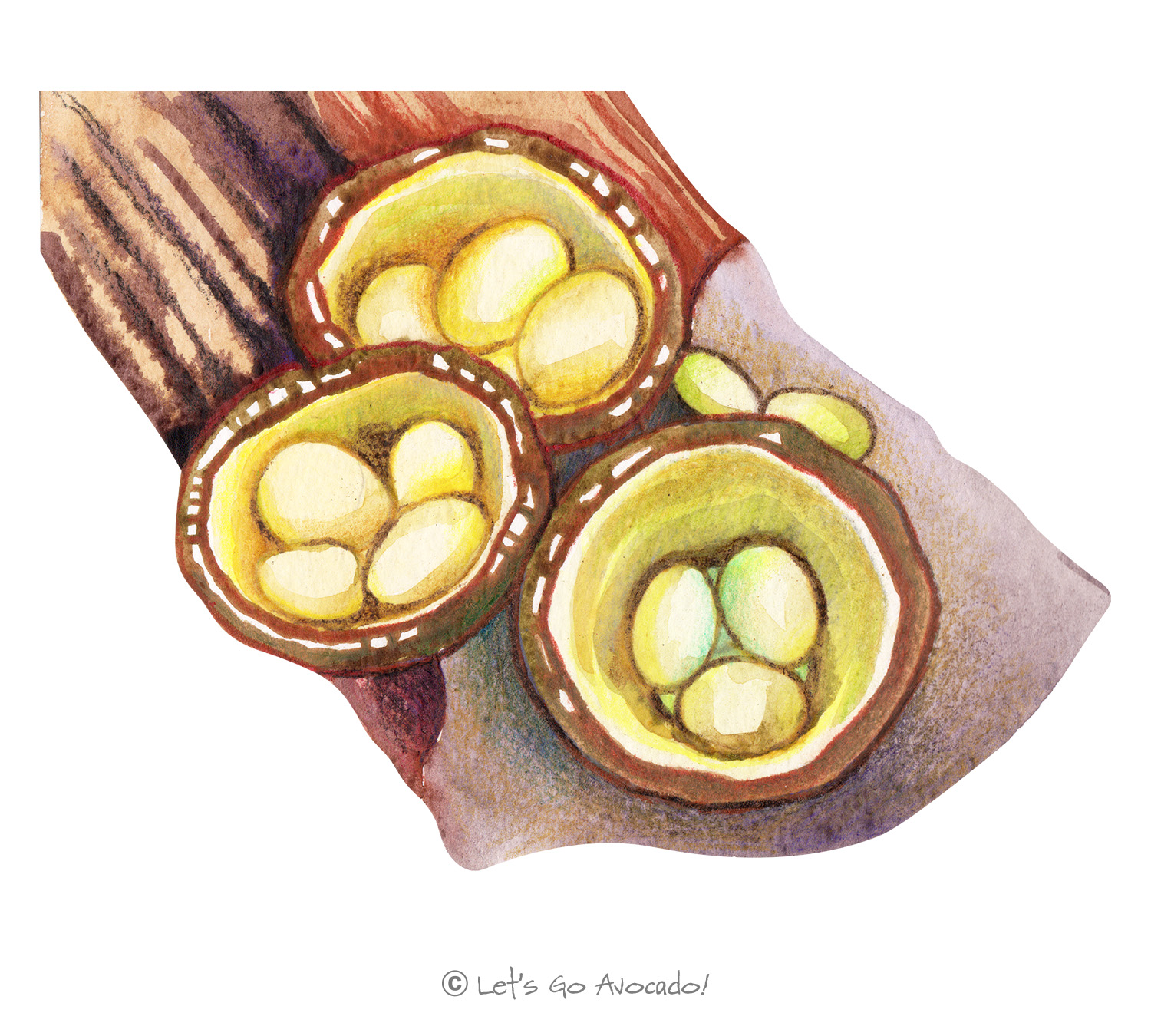

Bird’s Nest Fungi
Splash cups
Genera Nidula, Crucibulum, Cyathus, and Mycocalia
This page may contain affiliate links.
Read our disclosure and privacy policy here.
Bird’s Nest Fungi are unique and fascinating fungi known for their nest-like appearance, containing small egg-like structures called peridioles. These “eggs” are actually capsules containing spores.
Bird’s Nest Fungi
Common Name
Bird’s Nest Fungi
Other Names
Splash cups
Latin Name
Genera Nidula, Crucibulum, Cyathus, and Mycocalia
Distribution
These fungi are widely distributed and can be found worldwide, particularly in temperateTemperate refers to a climate that’s not too hot and not too cold, with moderate rainfall and distinct seasons like spring, summer, fall, and winter. You’ll find temperate areas in parts of North America, Europe, and Asia. It’s the kind of climate where you can see a wide variety of plants and animals, including deciduous trees that lose their leaves in the fall. regions.
Appearance
The most distinguishing feature is the nest-like fruiting body, which contains the “eggs” or peridioles. When raindrops hit the nest, the force can eject the peridioles, aiding in dispersal.
Size
Generally small, the “nests” can range from 0.5 cm to 1 cm in diameter.
Habitat
They prefer decaying organic matter, like wood chips, old logs, and other woody debris.
Diet
Saprophytic; they feed on decaying organic material.
Lifecycle
Bird’s Nest Fungi begin as spores which germinate and form myceliumMycelium is like the ‘root’ or the ‘body’ of a fungus. Just as plants have roots, fungi have mycelium. It is made up of tiny thread-like structures called hyphae that spread out in the soil or other materials where the fungus grows. Learn More. This mycelium grows and eventually forms the nest-like fruiting bodies containing peridioles. Raindrops aid in the dispersal of the peridioles, which then release spores to propagate the fungus.
Defense Mechanisms
The structure of the fungi ensures that the spores are well-protected until they are forcibly ejected for dispersal.
Ecological Importance
As decomposers, Bird’s Nest Fungi play a crucial role in breaking down and recycling organic matter in forests and other ecosystemsAn ecosystem is a community of living organisms, like insects and birds, and non-living components, like water and rocks, that interact with each other in a specific area. Learn More.
ConservationThe act of protecting and preserving natural resources and the environment. Conservation efforts are important to protect beavers and their habitats. Status
Not typically of conservation concern due to their wide distribution and abundance.

There’s a lot to explore right where we are, in our own neighborhoods and backyards! Join us while we get off the couch and explore the everyday wonders of nature, science, space, engineering, art, and anything else we stumble upon during on our adventures.







